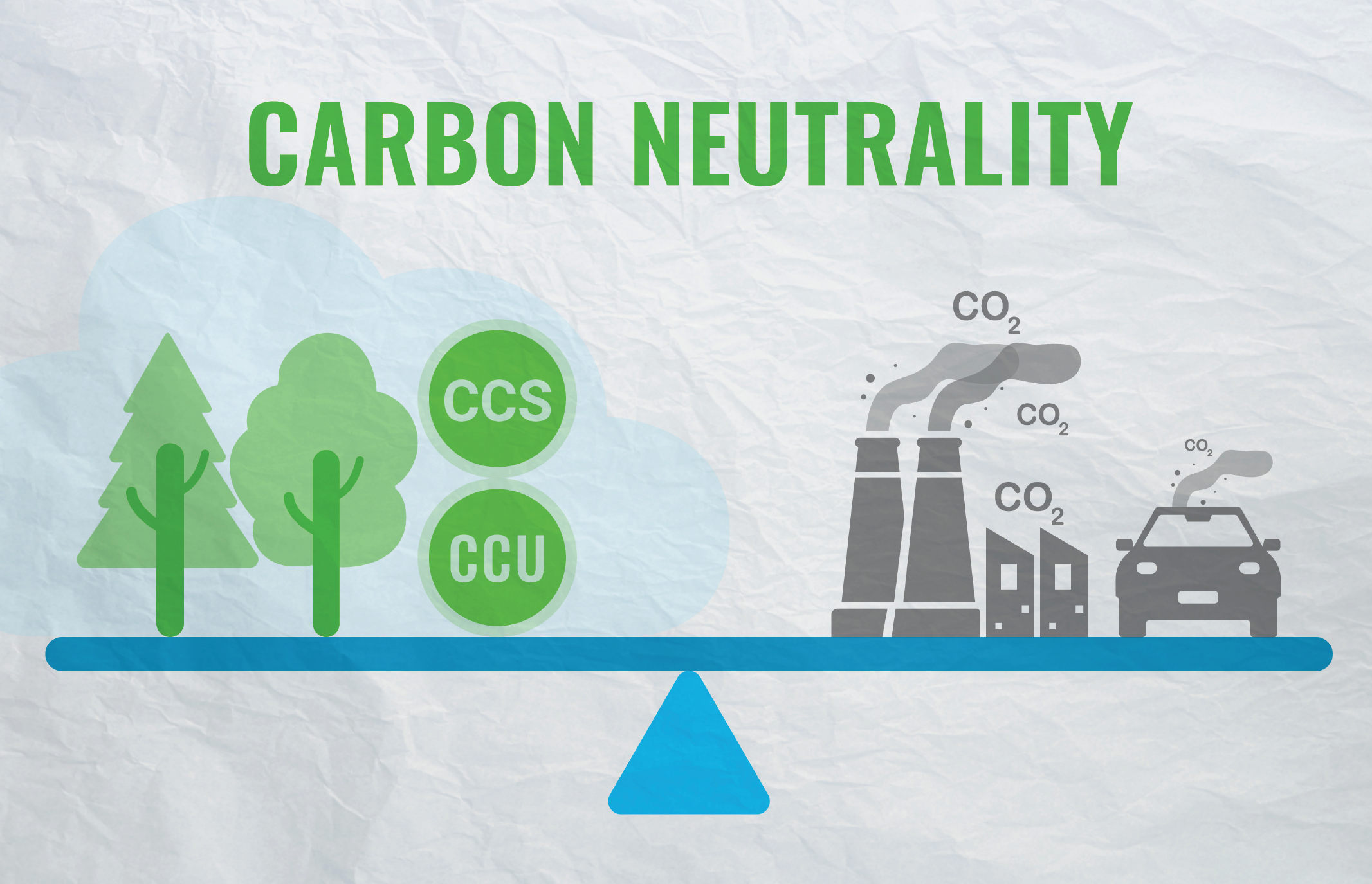

CUHK Carbon Neutral 2038
As a socially responsible university, CUHK upholds the principle of sustainable development and has been undertaking various measures to reduce carbon emissions in its daily operations.
In view of the unprecedented threat of climate crisis to the global community and to align with the pledges of mainland China and Hong Kong to advance to net zero carbon emissions by 2060 and 2050 respectively, CUHK is committed in its Strategic Plan 2021–2025 (‘CUHK 2025’) to achieving carbon neutrality by 2038. We are the first among local universities to pledge to become carbon neutral.
Actions to achieve the target

A Task Force on Carbon Neutrality was established under the Committee on Social Responsibility and Sustainable Development on 1 November 2021 to steer the work on carbon neutrality.
Solar on Campus was launched to maximize renewable energy generation on campus and generate revenue through the Feed-in Tariff scheme, supporting the University’s decarbonization initiatives.

Two consultancy studies which support the development of a Carbon Neutrality Action Plan and further expansion of solar photovoltaic (PV) systems on campus are being undertaken.
Green Mobility for Blue Sky aims to improve the electric vehicle (EV) charging infrastructure on campus to prepare for the transition to EVs by 2035. The initiative also aims to contribute to creating a low-carbon campus that aligns with the University’s goal of achieving carbon neutrality by 2038.
Partnering with UN SDSN to promote net zero in universities

CUHK serves on the 9-member University Advisory Panel of Net Zero on Campus, an important initiative launched by UN SDSN to assist universities worldwide to achieve net zero. To further promote the Net Zero on Campus guide in Greater China, CUHK also assists SDSN to translate the guide into Chinese.
Financing decarbonization

Financing decarbonization involves using the revenue obtained from selling renewable energy generated by on-campus solar PV systems under the Feed-in Tariff Scheme. These funds are then allocated to drive new sustainability initiatives, aiming to achieve carbon neutrality by 2038.
Ongoing efforts to reduce carbon emissions
- Energy-efficient installations

Replacing T5 fluorescent lamps or the conventional lamps and the induction street lamps with more efficient LEDs
- Green buildings

Achievement of the highest green building certification for all new buildings




